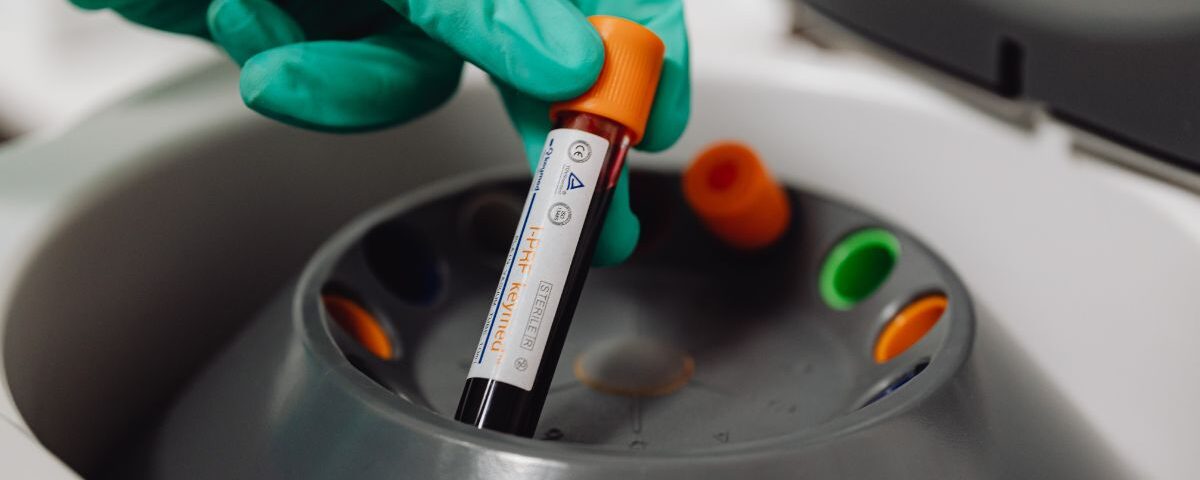Pathology is often described as the bridge between basic science and clinical medicine. At Touro College of Osteopathic Medicine (TouroCOM), that bridge is built with purpose. Instead of memorizing lists of diseases and microscopic slides, students are trained to think systemically—starting from symptoms and tracing them back to root causes.
The goal? To help future physicians connect what they see with what’s happening underneath—from cellular changes to systemic dysfunction. This article explores how TouroCOM transforms the way students learn and apply pathology.
The Symptom-to-System Approach: What Makes TouroCOM Different?
At TouroCOM, pathology isn’t just about identifying disease—it’s about understanding disease progression through systems thinking.
Here’s how the approach works:
- Start with the Patient: What are the key symptoms?
- Analyze the Clues: How do these symptoms reflect what’s going wrong at the tissue, organ, or cellular level?
- System-Based Investigation: Which body system is primarily involved? Is it cardiovascular, respiratory, endocrine, or another?
- Integrate with Basic Science: Tie it back to physiology, histology, and biochemistry to form a complete clinical picture.
This loop of reasoning is what sets TouroCOM’s pathology curriculum apart.
Real Case-Based Learning: Not Just Theory
Instead of jumping straight into disease classifications, TouroCOM students are introduced to real-world cases. For example:
Case: A 55-year-old male presents with chest pain, shortness of breath, and sweating.
Symptoms suggest: Cardiovascular involvement
System focus: Coronary artery disease
Pathology concept: Atherosclerosis → Plaque rupture → Myocardial infarctionStudent takeaway: Learn the pathology of plaque formation, immune cell involvement, necrosis patterns, and biomarkers (like troponin) in context—not isolation.
This symptom-to-system method makes pathology memorable and clinically useful.
A Curriculum That Builds Layer by Layer
TouroCOM’s pathology teaching style layers concepts over time:
1. Early Years (Foundations Phase):
- Focus on understanding normal structure and function.
- Begin integrating basic pathological processes like inflammation, necrosis, and cellular adaptation.
2. System Blocks:
- Pathology is grouped by organ systems (e.g., GI, Renal, Neuro).
- Students study all aspects of a system—anatomy, physiology, pharmacology, and pathology—at once for deeper understanding.
3. Clinical Correlation Labs:
- Case discussions, histopathology slides, and patient simulations.
- Professors ask students: “Where is the pathology? What does it explain?”
Learning Beyond the Slide: Integration with OMM & Ethics
As an osteopathic school, TouroCOM adds another layer of depth by integrating Osteopathic Manipulative Medicine (OMM) and Law & Ethics into pathology education.
- A patient with chronic low back pain? You’ll think not only of disc herniation but also viscerosomatic reflexes.
- Diagnosing a terminal illness? You’ll be prepared for the ethical dilemmas surrounding palliative care and informed consent.
Top Tools & Resources for TouroCOM Pathology Students
| Resource | Purpose |
|---|---|
| Pathoma + Touro Slides | Foundational disease mechanisms |
| Virtual Microscopy Platforms | Histopathology training and review |
| Weekly Case-Based Review Sessions | Reinforce real-world clinical reasoning |
| NBME-style Practice Exams | Board prep integrated into coursework |
Students are also encouraged to teach each other through study groups, case presentations, and tutoring—turning peers into partners in learning.
Conclusion
Pathology at TouroCOM is about building a clinical thought process. You’re not just learning what diseases look like—you’re learning why they happen, how they evolve, and how they affect the patient from cell to system.
By moving from symptoms to systems, you develop the kind of diagnostic mindset that will guide you through clinical rotations, board exams, and patient care for the rest of your career.
FAQs
Q1: Is the pathology course at TouroCOM integrated with other subjects?
A: Yes, it’s tightly integrated with systems-based blocks, OMM, and clinical skills training.
Q2: What makes the symptom-to-system approach more effective?
A: It mirrors real clinical reasoning, making knowledge easier to retain and apply.
Q3: Are there early clinical exposures linked to pathology training?
A: Yes, clinical cases and standardized patient scenarios are introduced early to reinforce learning.
